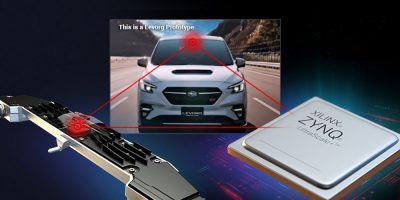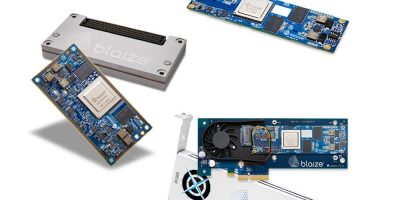A sensor for consumer IoT security cameras by OmniVision Technologies is claimed to feature best in class low-light image capture with improved SNR1 and reduced power consumption.
The OS02G10 security image sensor provides the best value for mainstream, high-volume security cameras requiring 1080p resolution, maintains Omnivision. It offers what is claimed to be best-in-class low-light captures via a 2.8 micron pixel built on the OmniPixel 3-HS architecture. The architecture has high quantum efficiency and an optimal signal to noise ratio SNR. Compared with OmniVision’s earlier generation mainstream security sensor, the OS02G10 has a 60 per cent better SNR1 and 40 per cent lower power consumption.
OmniVision uses 12-inch wafers, rather than eight-inch wafers, to produce the OS02G10, enabling the company to enables the company to better address the increasing demand for 2Mpixel, 1080p sensors which is a popular resolution for consumer-grade IoT security cameras as well as low-end industrial and commercial surveillance cameras.
“With this new generation, we have significantly improved low-light performance while continuing to offer the market greater value in the popular 1/2.9 inch optical format,” commented Cheney Zhang, senior marketing manager for the security segment at OmniVision.
Other key features include a 15 degree CRA, which is compatible with a range of widely available lenses. This sensor also offers an integrated dynamic defective pixel correction algorithm for optimal image quality, and a two-lane MIPI interface. It provides 2MP, 1080p resolution at 30 frames per second.
Samples of the new OS02G10 image sensor are available now in a compact chip-scale package.
OmniVision Technologies develops advanced digital imaging solutions. It claims that its award-winning CMOS imaging technology enables superior image quality in many of today’s consumer and commercial applications, including mobile phones, security and surveillance, automotive, tablets, notebooks, webcams and entertainment devices, medical and augmented reality (AR),virtual reality (VR), drones and robotics imaging systems.







